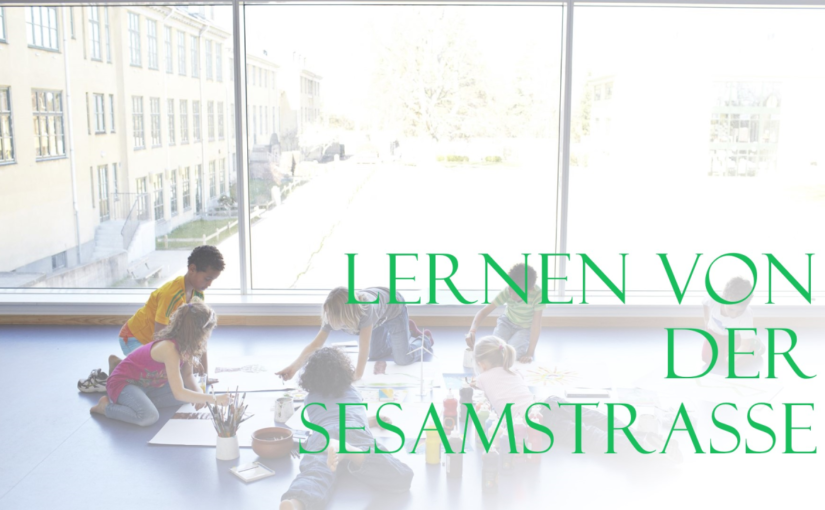Partizipation ist in aller Munde und wird oft inflationär verwendet, ohne dass sie tatsächlich gelebt wird. In der heutigen Zeit ist es entscheidend, die verschiedenen Stufen der Partizipation zu verstehen, um effektive Zusammenarbeit zu fördern.
𝗗𝗶𝗲 𝗲𝗿𝘀𝘁𝗲 𝗦𝘁𝘂𝗳𝗲: 𝗡𝗶𝗰𝗵𝘁-𝗣𝗮𝗿𝘁𝗶𝘇𝗶𝗽𝗮𝘁𝗶𝗼𝗻
Diese Stufe umfasst oft 𝘔𝘢𝘯𝘪𝘱𝘶𝘭𝘢𝘵𝘪𝘰𝘯𝘦𝘯, wie 𝘱𝘳𝘰𝘱𝘢𝘨𝘢𝘯𝘥𝘪𝘴𝘵𝘪𝘴𝘤𝘩𝘦 𝘙𝘦𝘥𝘦𝘯 oder 𝘴𝘵𝘳𝘢𝘵𝘦𝘨𝘪𝘴𝘤𝘩𝘦 𝘈𝘯𝘸𝘦𝘪𝘴𝘶𝘯𝘨𝘦𝘯, 𝘸𝘪𝘦 z.B. zur Erhöhung der Kundenfrequenz. Auch 𝘈𝘭𝘪𝘣𝘪-𝘗𝘢𝘳𝘵𝘪𝘻𝘪𝘱𝘢𝘵𝘪𝘰𝘯𝘦𝘯, etwa rhetorische Fragen während eines Vortrags, fallen hierunter.
𝗗𝗶𝗲 𝘇𝘄𝗲𝗶𝘁𝗲 𝗦𝘁𝘂𝗳𝗲: 𝗩𝗼𝗿𝘀𝘁𝘂𝗳𝗲 𝗱𝗲𝗿 𝗣𝗮𝗿𝘁𝗶𝘇𝗶𝗽𝗮𝘁𝗶𝗼𝗻
In dieser Phase gibt es drei wesentliche Ebenen:
➡ 𝗧𝗲𝗶𝗹𝗵𝗮𝗯𝗲: Teilnehmer diskutieren in kleinen Gruppen, etwa in Murmel-Gruppen.
➡ 𝗜𝗻𝗳𝗼𝗿𝗺𝗮𝘁𝗶𝗼𝗻: In Vorlesungen wird neues Wissen vermittelt, das die Teilnehmer selbst durch Quizze reflektieren.
➡ 𝗠𝗶𝘁𝘄𝗶𝗿𝗸𝘂𝗻𝗴: Arbeitsaufträge werden an kleine Gruppen vergeben, die ihre Ergebnisse im Plenum vorstellen.
𝗗𝗶𝗲 𝗱𝗿𝗶𝘁𝘁𝗲 𝗦𝘁𝘂𝗳𝗲: 𝗘𝗰𝗵𝘁𝗲 𝗣𝗮𝗿𝘁𝗶𝘇𝗶𝗽𝗮𝘁𝗶𝗼𝗻
Diese Stufe beinhaltet:
➡ 𝗠𝗶𝘁𝗯𝗲𝘀𝘁𝗶𝗺𝗺𝗲𝗻: Methoden wie „𝘖𝘱𝘦𝘯 𝘚𝘱𝘢𝘤𝘦“ ermöglichen es den Teilnehmern, aktiv Themen mitzugestalten.
➡ 𝗦𝗲𝗹𝗯𝘀𝘁𝗯𝗲𝘀𝘁𝗶𝗺𝗺𝘂𝗻𝗴: Teilnehmer wählen, ob sie an bestimmten Themen teilnehmen möchten.
➡ 𝗦𝗲𝗹𝗯𝘀𝘁𝘃𝗲𝗿𝘄𝗮𝗹𝘁𝘂𝗻𝗴: „𝘉𝘢𝘳𝘤𝘢𝘮𝘱𝘴“ sind ein hervorragendes Beispiel, bei denen die Themen von den Teilnehmern selbst kommen und die Durchführung selbst organisiert wird. Oft wird dies als Schritt über die Partizipation hinaus betrachtet.
„𝘉𝘢𝘳𝘤𝘢𝘮𝘱𝘴“ sind besonders interessant für eine wirkliche Partizipation, da sie ein übergreifendes Thema in den Vordergrund stellen und auf die Interessen der Teilnehmer abgestimmt sind. Arbeitstagungen kombinieren häufig verschiedene Stufen der Partizipation und funktionieren als dynamischer Prozess, der sowohl kleine als auch große Gruppenaktivitäten umfasst.
Detailliertere Informationen finden Sie in meinen beiden Büchern:
- S.Voss Erfolgreich Gespräche im Berufsalltag führen Der Einfluss von Haltung, Deutungsmustern und Unterbewusstsein auf Gesprächssituationen 2023. XIII, 301 S. 31 Abb. Brosch. Oktober 2023
- S.Voss Arbeitstagungen mit Großgruppen erfolgreich partizipativ gestalten Grundlagen und konkrete Einsatzmöglichkeiten in der Organisationsentwicklung; May 2025









